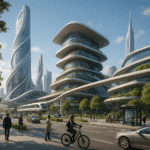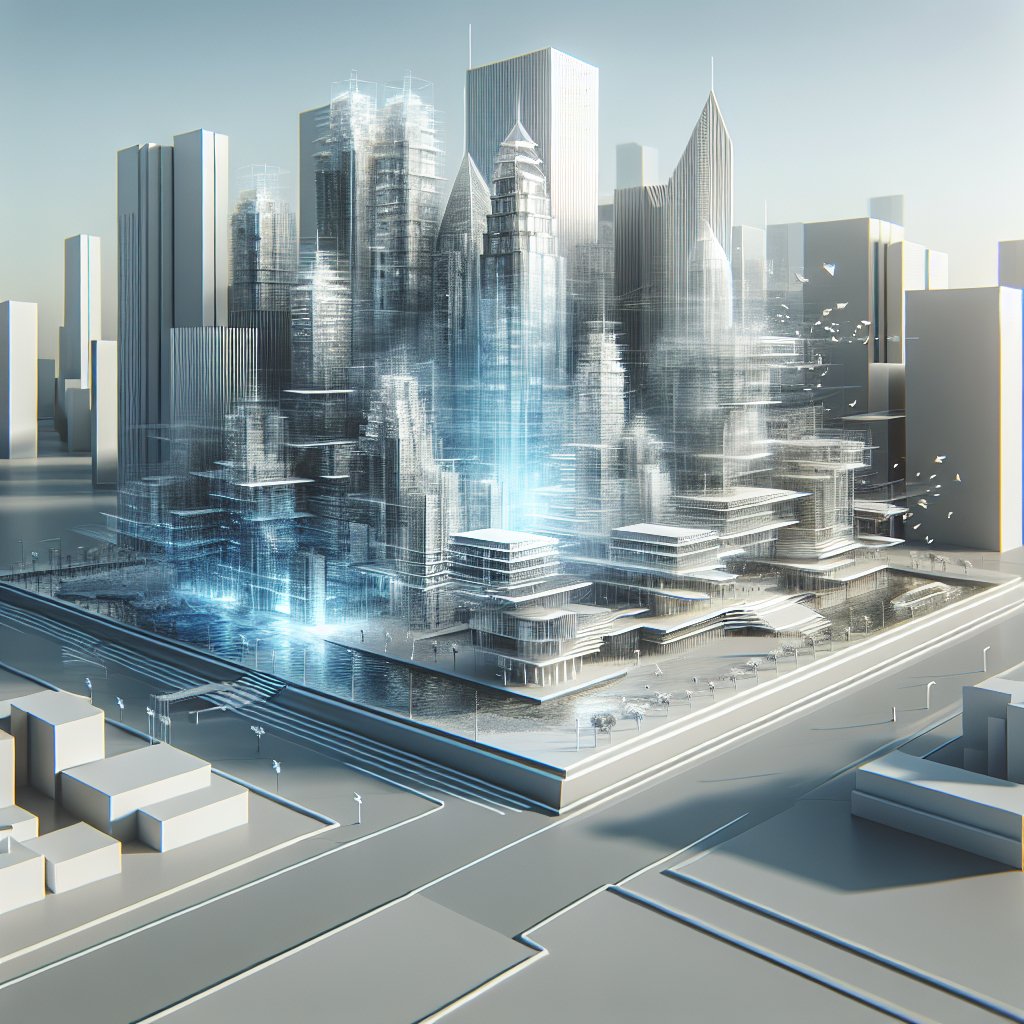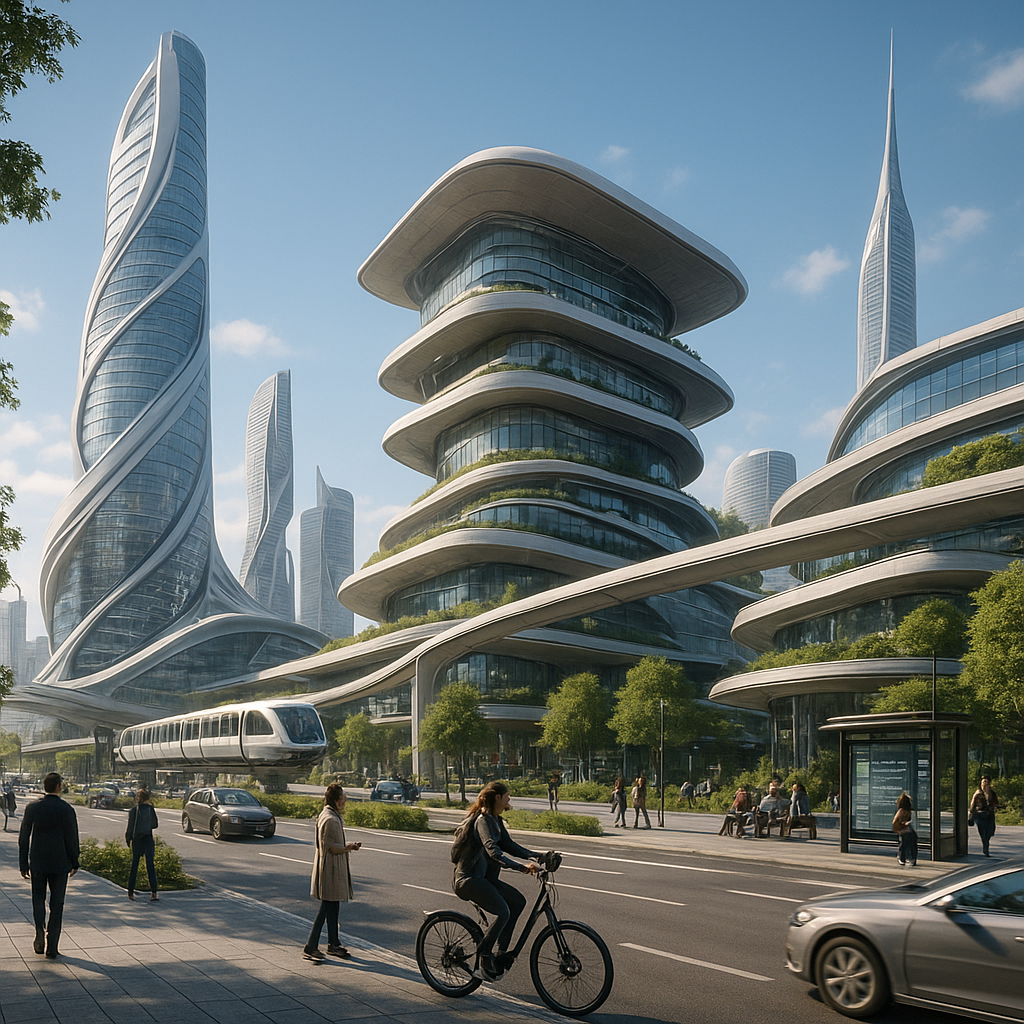Augmented reality (AR) is revolutionizing the field of architecture by bridging the gap between virtual designs and real-world applications. This cutting-edge technology allows architects and designers to visualize, modify, and interact with their creations in unprecedented ways, offering a glimpse into the future of architectural design and construction.
The Role of Augmented Reality in Modern Architecture
Augmented reality has emerged as a powerful tool in the architectural industry, providing a dynamic platform for visualizing and interacting with architectural designs. Unlike traditional methods, which rely heavily on static blueprints and 3D models, AR offers a more immersive experience by overlaying digital information onto the physical world. This capability allows architects to present their ideas in a more tangible and engaging manner, facilitating better communication with clients and stakeholders.
One of the primary advantages of AR in architecture is its ability to enhance the design process. By using AR applications, architects can superimpose digital models onto real-world environments, enabling them to assess the spatial relationships and aesthetics of their designs in situ. This real-time visualization helps in identifying potential design flaws and making necessary adjustments before construction begins, ultimately saving time and resources.
Moreover, AR technology is instrumental in improving collaboration among project teams. Architects, engineers, and contractors can use AR to share a unified vision of the project, ensuring that everyone is on the same page. This collaborative approach reduces the likelihood of miscommunication and errors, leading to more efficient project execution.
Transforming Client Engagement and Construction Practices
Augmented reality is not only transforming the design phase but also revolutionizing client engagement and construction practices. For clients, AR provides an interactive and immersive experience that goes beyond traditional presentations. Clients can explore virtual walkthroughs of their future spaces, gaining a better understanding of the design intent and making informed decisions. This level of engagement fosters a stronger connection between clients and architects, leading to higher satisfaction and trust.
In the realm of construction, AR is proving to be a game-changer by enhancing accuracy and efficiency. Construction teams can use AR to overlay digital models onto the construction site, providing precise guidance for the placement of structural elements. This technology minimizes the risk of errors and rework, ensuring that the project adheres to the design specifications. Additionally, AR can be used for on-site training and safety assessments, further optimizing the construction process.
Furthermore, AR is paving the way for sustainable architecture by enabling architects to simulate the environmental impact of their designs. By visualizing how a building interacts with its surroundings, architects can make informed decisions about materials, energy efficiency, and other sustainability factors. This proactive approach contributes to the creation of eco-friendly and resilient structures that align with the principles of sustainable development.
Challenges and Future Prospects
Despite its numerous benefits, the integration of augmented reality in architecture is not without challenges. One of the primary obstacles is the high cost of AR technology, which can be prohibitive for smaller firms and projects. Additionally, there is a learning curve associated with adopting AR tools, requiring architects and designers to acquire new skills and adapt to changing workflows.
Another challenge is the need for robust and reliable hardware and software solutions. As AR technology continues to evolve, ensuring compatibility and stability across different platforms is crucial for its widespread adoption. Moreover, issues related to data security and privacy must be addressed to protect sensitive project information.
Looking ahead, the future of augmented reality in architecture is promising. As technology advances and becomes more accessible, AR is expected to become an integral part of the architectural toolkit. Innovations such as AR glasses and wearable devices will further enhance the immersive experience, allowing architects to interact with their designs in more intuitive ways.
In conclusion, augmented reality is poised to redefine the architectural landscape by bringing virtual designs to life. Its ability to enhance visualization, collaboration, and construction practices makes it an invaluable asset for architects and designers. As the industry continues to embrace this technology, the possibilities for creating innovative and sustainable architectural solutions are boundless.










